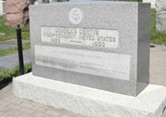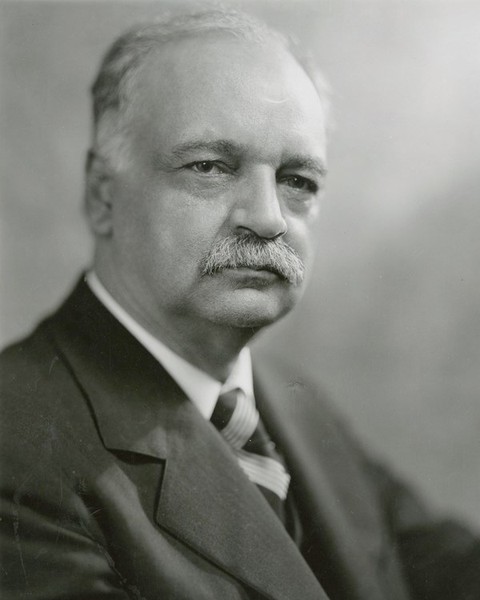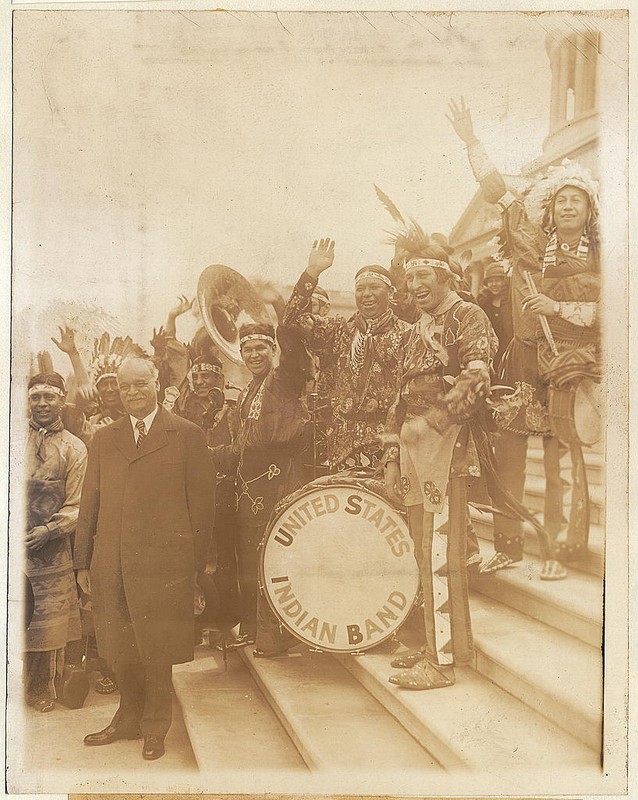Gravesite of Vice President Charles Curtis
Introduction
Text-to-speech Audio
Charles Curtis was the 31st vice president of the United States and the first member of an Indigenous tribe to hold this position. Curtis served as President Herbert Hoover’s vice president from 1929 to 1933, during a time when prejudice towards Native Americans was intense and widespread.
Images
Gravesite of Charles Curtis



Backstory and Context
Text-to-speech Audio
Charles Curtis was the 31st vice president of the United States and the first member of an Indigenous tribe to hold this position.
Curtis was born January 25, 1860, in Topeka, Kansas, to Oren Arms and Ellen (Pappan) Curtis. His mother was of Kansa, Osage, and Potawatomi decent, and his father was of white European decent. Curtis's mother died when he was a toddler and spent most of his early life on the Kansa Indian Reservation with his maternal grandmother. In 1868 he moved to Topeka to live with his paternal grandmother where he later attended Topeka High School for several years without graduating. While living in Topeka, Curtis held various occupations including working as a successful horse jockey and as a law clerk for attorney A.H. Case.
After passing the bar exam in 1881, Case made Curtis a partner at his law firm. Several years later, Curtis married Anna Baird with whom he had three children with and started his first campaign for public office as a Shawnee County prosecuting attorney. It wasn't until 1892 that Curtis rose to political prominence when he was elected to the U.S. House of Representatives. In 1906 he was elected to the Senate and served in that position until 1929 when he became Vice President of the United States under Herbert Hoover.
During his time in office, Curtis championed women's rights supporting the 19th Amendment and sponsoring an Equal Rights Amendment. However, during his political career, Curtis's Indigenous heritage did not always lead him to advocate for or sponsor policy that was in the best interest of Indigenous people. In 1898, Curtis sponsored an amendment to the Dawes Severalty Act which allowed the federal government to confiscate and redistribute tribal reservations and lands. The purpose of the Dawes Act was to assimilate native peoples into mainstream U.S. society. Through the Dawes Act, tribal lands were parceled out into individual plots. Only those Native Americans who accepted the individual plots of land were allowed to become US citizens. The remainder of the unsold land was then sold to non-native settlers. The amended Dawes Act greatly impacted Indigenous peoples, destroying systems of tribal governments, social cohesion between tribes, and accelerating the loss of native languages.
Curtis died of a heart attack on February 8, 1936. Thousands of mourners traveled to Topeka to honor the former senator and vice president. He is buried in Section 8 of the Historic Topeka Cemetery.
Sources
https://www.kshs.org/kansapedia/charles-curtis/12029
https://www.nps.gov/articles/000/dawes-act.htm
https://www.senate.gov/about/origins-foundations/parties-leadership/curtis-charles.htm
https://www.archives.gov/milestone-documents/dawes-act
https://www.topekacemetery.com/notables/charles-curtis/
https://www.topekacemetery.com/notables/charles-curtis/
